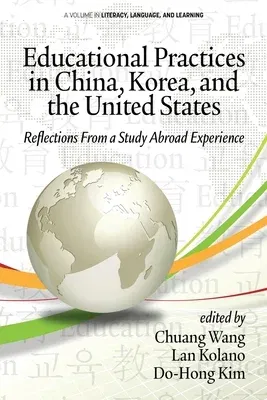This book is written by a diverse cohort of both of American educators,
including professors, teachers, school counselors, and school
administrators from pre-K to college levels. Most of the contributors
come from disciplinary areas of English as a second language and school
administration. With the pressure of Common Core State Standards
Initiative, American educators are now shifting their focus to
standards-based instruction. Meanwhile, Chinese educators are moving
away from national standards and developing state level curriculum and
instruction to meet specific needs of the students in local provinces.
There is also a debate about whether or not to use the National College
Entrance Examination as the only test for college admission. Some
provinces (e.g., Zhejiang and Hubei) are administering their own college
entrance examinations. The book outlines the sociocultural roots of
education in the three countries, linking the tradition and
philosophical orientations to each country's own history of education.
Furthermore, the book compares and contrasts the curriculum, especially
the teaching of English as a second/foreign language, in three
countries.
This book examines the stress of students, physical education, various
pedagogical styles in foreign language education as well as
instructional texts and cross-cultural dialogue between teachers.
Additionally, the book explores factors that influence parent's
involvement and women's educational and career aspirations. Lastly, the
book presents modern technologies such as smart learning technologies
and online learning platforms not only to facilitate future educational
systems but also to promote international exchanges.
The chapters of the book are thematically diverse, but they help to
provide inspirations for educators both in American and Asian countries.
The findings offer alternative practical lenses for educational
community to seek for some "middle ground" between Chinese, South Korea
and American education. The intended audience for this book is graduate
students, teachers, administrators, and professionals in education.


